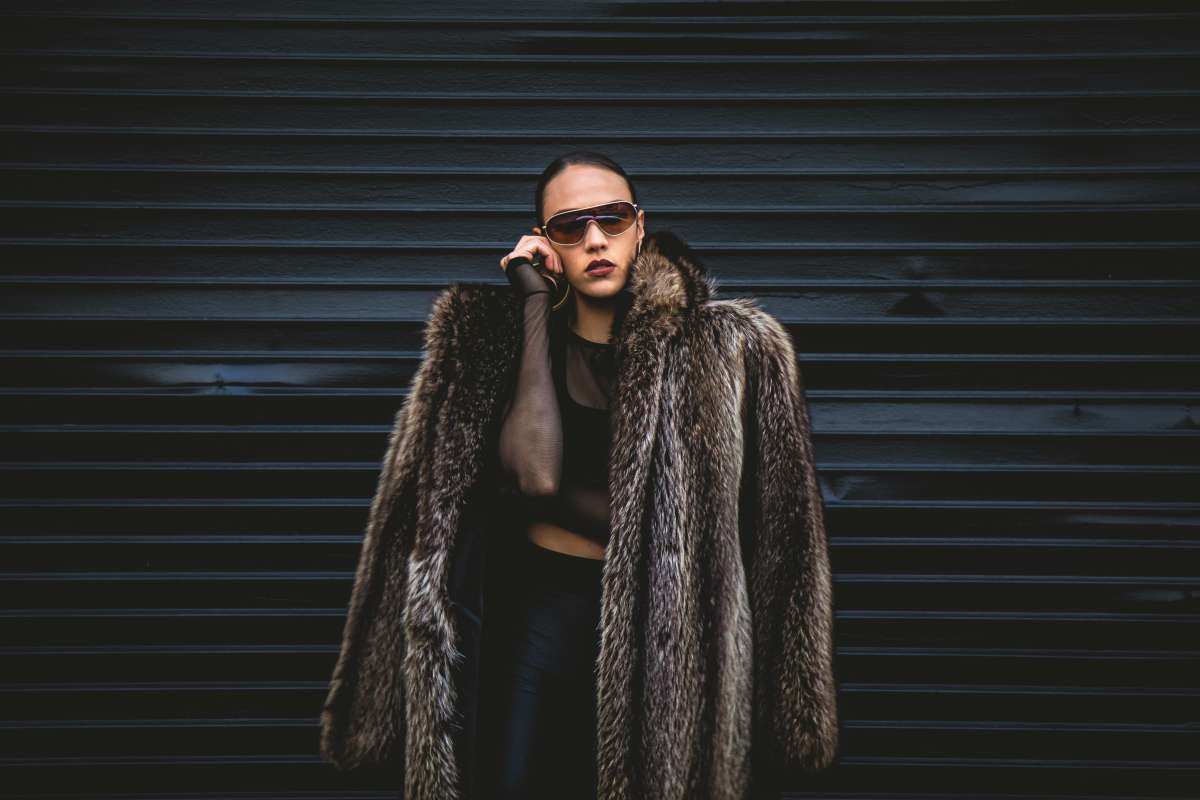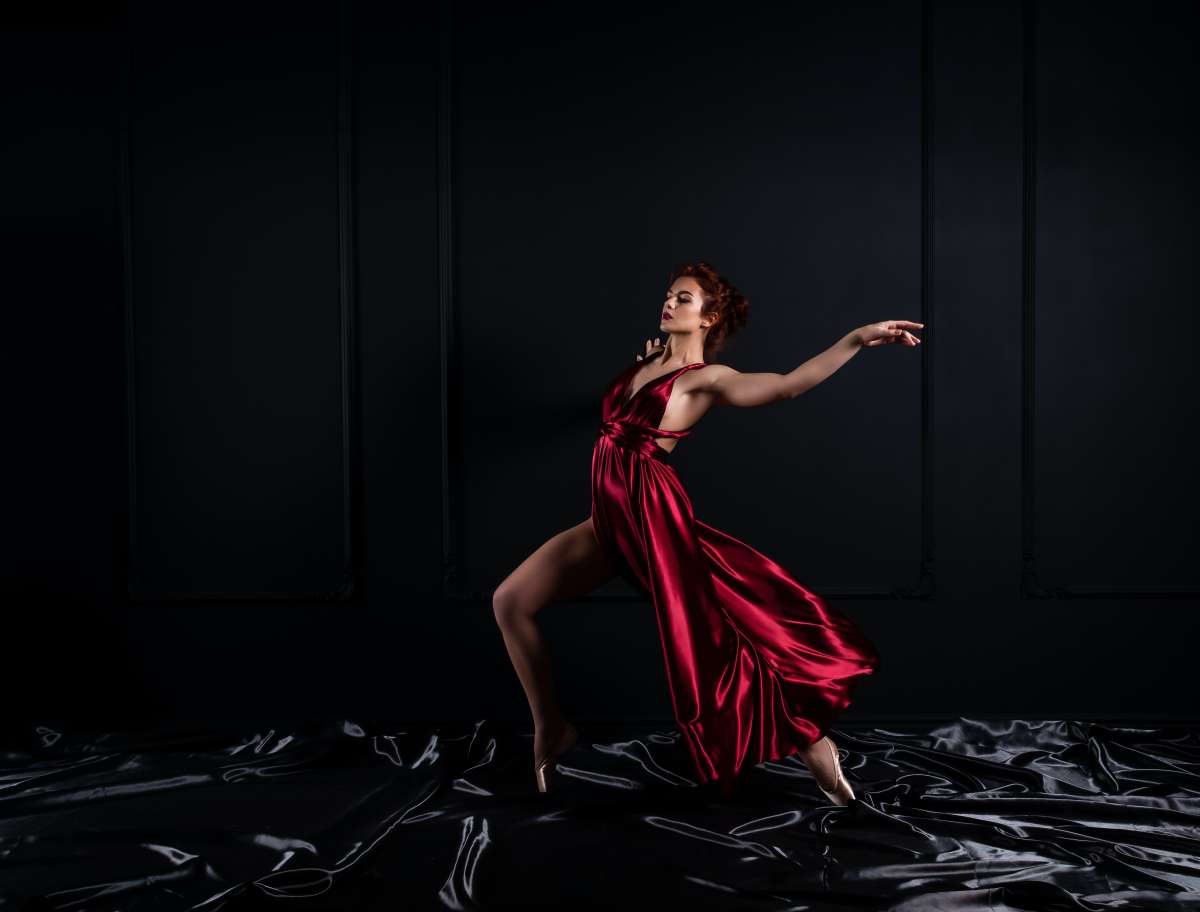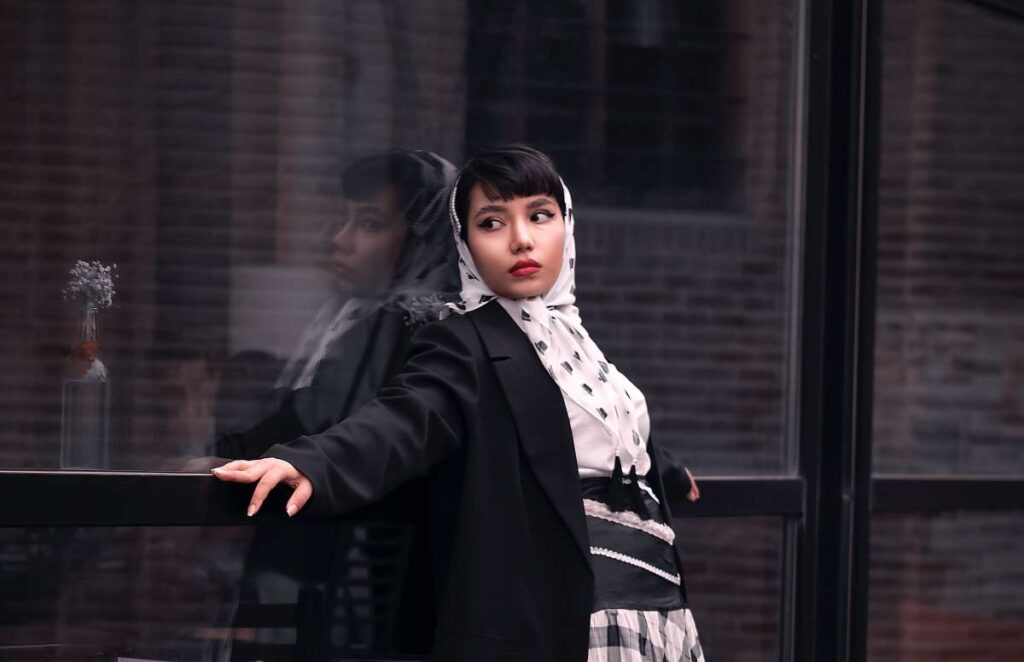Fashion photography is a multifaceted field encompassing numerous styles, each with its own purpose and style. Understanding the distinct types of fashion photography is essential for those exploring this art form.
Each type captures fashion uniquely, contributing to the industry's creativity and dynamism.
Let’s get straight to the point
Fashion photography is a multifaceted art form with various styles, each serving a unique purpose.
Key types include high fashion (artistic, high-production shoots), alternative fashion (non-mainstream styles), editorial (storytelling through styled images), beauty editorials (focused on makeup and accessories), street fashion (authentic, real-world styles), catalogue (product-focused for e-commerce), runway (dynamic captures of fashion shows), lookbook (cohesive collection showcases), advertising (creative brand promotion), and glamour (highlighting the model’s allure).
Each style contributes to presenting fashion’s cultural and creative dimensions, making it a versatile and evolving medium.
High Fashion Photography

High fashion photography is widely recognised and often associated with art photography. This genre emphasises showcasing the latest trends and capturing the designer's artistic vision.
Often seen in museum exhibitions, high fashion photography presents fashion in an almost unbelievable light, leaving real-world constraints behind.
High fashion shoots generally feature prominent models or celebrities, aiming to showcase the apparel and the talents of designers, makeup artists, and photographers.
High-resolution cameras are ideal for this type of photography to maintain image quality in large formats like exhibits or fashion books.
Key aspects of high fashion photography include:
- Production Quality: A sophisticated production team is essential.
- Equipment: Full-frame or medium-format cameras for high-quality images.
- Post-Production: Often involves extensive editing to add creative effects.
This genre, which resembles the filmmaking process, highlights the photographer’s technical and creative skills rather than merely selling a product.
Alternative Fashion Photography
Alternative fashion photography celebrates styles that diverge from mainstream trends, often reviving elements from past decades. This genre involves unorthodox fashion choices and distinct styles, blending nostalgia and modern creativity to reflect a mix of Gothic and Hip Hop influences.
Typically featuring unsigned models, alternative fashion photography focuses on set design, lighting, and styling choices that evoke a particular era's essence.
Unlike mainstream fashion, these photographs appear mostly in online independent magazines and social media, where street-style blogs and alternative platforms showcase unique, on-the-ground styles.
Characteristics of Alternative Fashion Photography:
- Style Diversity: Embraces nonconformist and nostalgic styles.
- Media Use: Frequently found on social media and alternative magazines.
- Audience Appeal: Attracts audiences seeking style inspiration outside mainstream trends.
Editorial Fashion Photography
Though visually similar to high fashion, editorial fashion photography is more approachable. It often tells a story through a sequence of images, showcasing both style and a narrative that resonates with viewers.
Editorial shoots are often found in magazines, coffee table books, and fashion periodicals. This genre allows photographers to create elaborate scenes, using styled lighting, props, and set designs to craft a visual tale.
Models play various roles within these narratives, creating aspirational yet relatable images for viewers.
Important Elements:
- Location: Indoor studio setups or on-location shoots are common.
- Storytelling: Each editorial shoot follows a theme or storyline.
- Audience Engagement: Designed to appeal to the everyday viewer while portraying fashionable looks.
Beauty Editorial Photography
Beauty editorials focus on the finer details of a model’s appearance, such as makeup, hair, and accessories.
Unlike other fashion shoots, beauty photography emphasises close-up shots, highlighting the elegance of accessories like jewellery or hats.
Beauty editorials typically feature headshots and upper body frames, bringing attention to intricate details like nail art or face makeup. This style is popular for cosmetic and accessory brands.
Key aspects include:
- Close-Up Focus: Emphasizes the model’s facial features and accessories.
- Lighting: Controlled lighting to accentuate details in makeup or jewellery.
- Purpose: Used to promote beauty products, hair and makeup techniques, and accessories.
Street Fashion Photography
Street fashion photography, or street style photography, captures real-world style as seen by everyday people. Street fashion emerged from street photography, recording authentic style directly from the streets rather than curated fashion settings.
Street style photographers often target events like fashion week to capture the latest trends, although the genre has evolved to include candid and staged shots.
This style brings an element of authenticity, offering a glimpse into how people integrate fashion trends into their everyday lives.
Key Characteristics:
- Candid Nature: Captures individuals in their natural environments.
- Event Coverage: Often seen at events where trendsetters gather, like fashion weeks.
- Social Media: Frequently shared on platforms like Instagram, where street style thrives.
Catalogue Fashion Photography
Catalogue photography, a form of product photography, is focused on showcasing clothing clearly and straightforwardly to encourage purchases.
This type typically involves a studio setup, often with a plain white background, to ensure that the garments are the main attraction.
Catalogue shoots are less creative but highly effective for e-commerce and print catalogues, where buyers need to see each garment in clear detail to assess fit and style.
Key strategies include:
- Lighting Setup: Consistent lighting to show fabric texture and colour.
- Focus on Garment: Simple backgrounds keep the viewer’s attention on the product.
- Minimalist Styling: Emphasizes clean, polished shots for easy viewing.
Runway Fashion Photography
Runway photography captures live events where models showcase collections on the catwalk. This form of photography requires agility, as photographers must work with unpredictable lighting, model movements, and close quarters.
Photographers use fast lenses to adapt to various runway conditions, capturing the dynamic energy of fashion shows.
Runway photography captures the full range of a designer’s collection in real-time, often using zoom lenses to adjust quickly between wide shots of ensembles and close-ups of accessories.
Core aspects include:
- Quick Adaptability: Fast lenses to capture moving models in variable light.
- Zoom Lens Use: Needed for variety in capturing full outfits and accessories.
- Physical Constraints: Limited space and fast-paced environment.
Lookbook Photography
Lookbooks showcase a designer's new collection, offering a snapshot of a brand's seasonal or themed looks.
In lookbook photography, images reflect a cohesive vision or concept, showcasing each garment's unique qualities in more natural settings than catalogue photography.
Lookbooks can be presented digitally or in print, especially for high-end brands. They are often used on websites or as marketing tools.
These shoots combine storytelling with product display, capturing the essence of the collection and its intended vibe.
Important elements:
- Conceptual Focus: Visual storytelling to convey the collection's theme.
- Natural or Styled Setting: Studio or on-location settings add authenticity.
- Brand Alignment: Reflects the designer’s vision through imagery and styling.
Advertising Fashion Photography

Fashion photography often uses various styles, from simple catalogue shots to complex artistic concepts featuring high-profile models.
This genre can range from straightforward images to elaborate, provocative scenes that create a memorable impression of a brand.
Advertising photography appears in print, social media, billboards, and bus shelters. Each campaign is tailored to the brand's vision, from subtle lifestyle images to impactful visuals designed to capture attention.
Essentials in Advertising Fashion Photography:
- Brand Message: Imagery is driven by the brand’s messaging goals.
- Wide Audience Appeal: Ads appear in various media to reach broad audiences.
- Creative Direction: Style varies from simple product display to bold, statement images.
Glamour Photography
Glamour photography sits at the intersection of portrait and fashion photography, focusing on the model's appeal.
These shoots prioritise lighting and angles that emphasise the model’s best features and enhance the overall attractiveness.
This style is often used in model portfolios and commercial branding, focusing on conveying an idealised, polished appearance.
Key Points in Glamour Photography:
- Pose and Lighting: Careful lighting to highlight the model’s features.
- Setting Flexibility: This can be shot indoors, outdoors, or in stylised settings.
- Emphasis on Model: Focuses on beauty and expression, often with minimal props.
Conclusion
Fashion photography encompasses numerous specialised styles, each with its distinct purpose and approach. From high fashion’s artful extravagance to catalogue photography’s focus on garment detail, each style plays a role in showcasing the many facets of fashion.
Understanding these genres opens opportunities for photographers to creatively and effectively bring fashion to life, whether through museum-worthy shots, gritty street style, or glamorous editorial spreads.
Each approach contributes to a broader narrative of how fashion shapes culture, identity, and self-expression, making fashion photography an ever-evolving art form.

